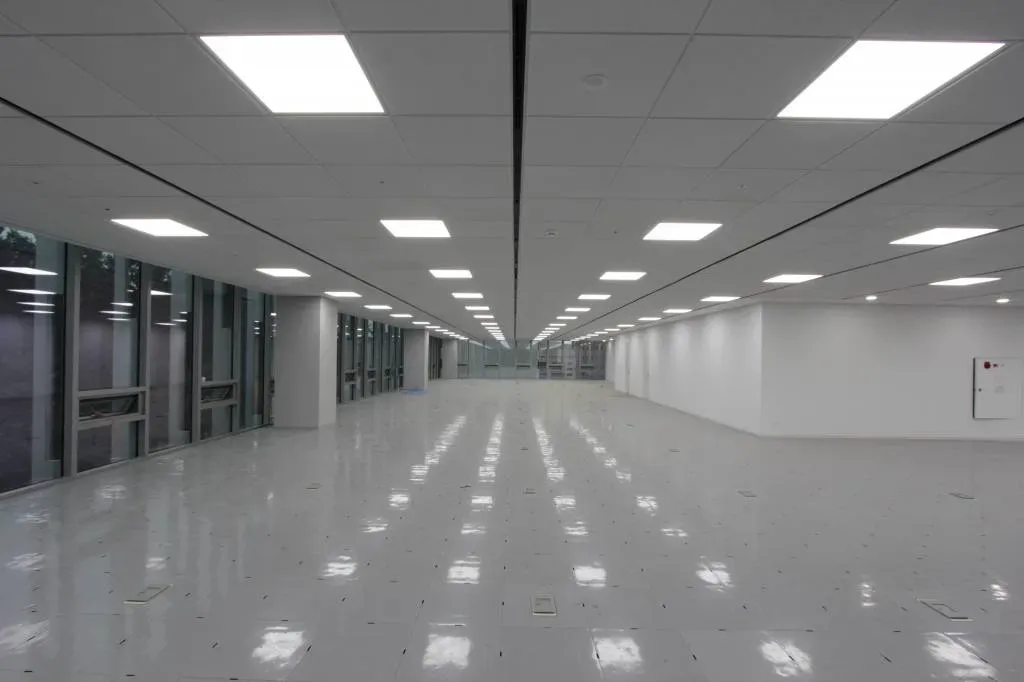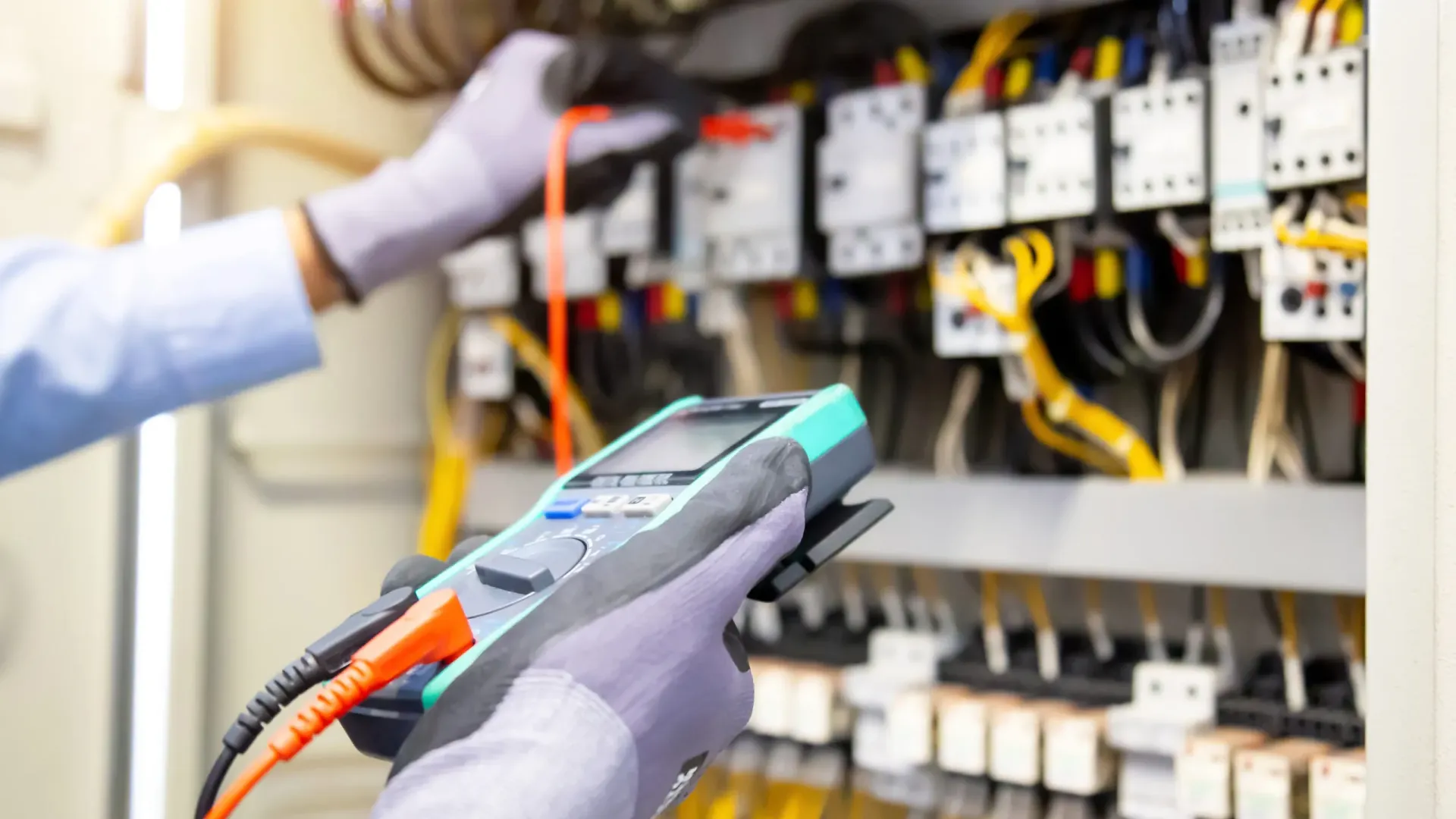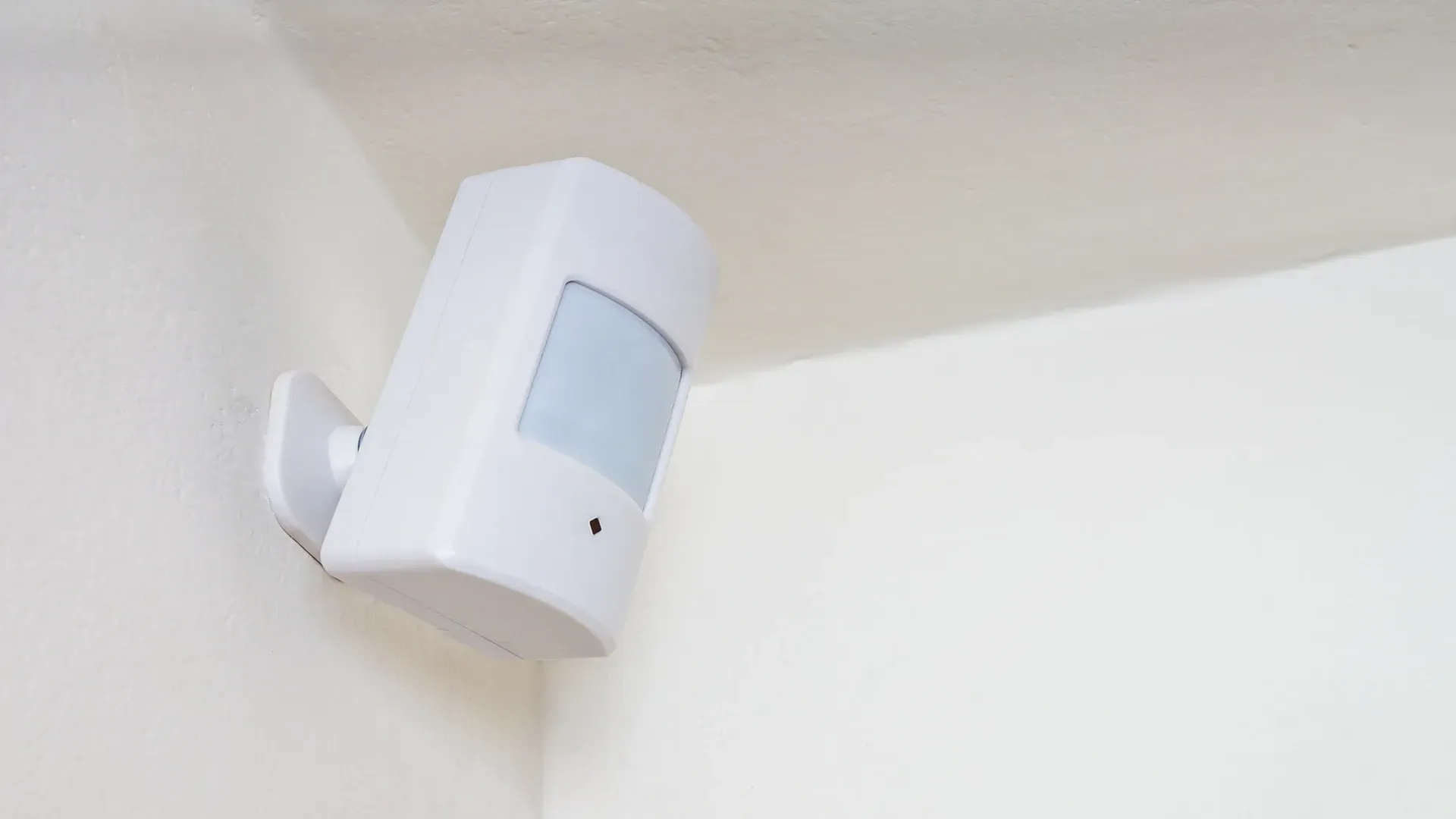LED Lighting Advantages for Homes and Offices
Lighting has come a long way from traditional bulbs and outdated fluorescent tubes. Today, LED lighting stands out as the most energy-efficient, durable, and environmentally friendly lighting solution. Whether you're upgrading your home, office, or commercial property, understanding the advantages of LED lighting can help you make an informed decision.
In this article, we’ll explore the real-world benefits of switching to LED lights and why they outperform older technologies like fluorescent lighting.
What is LED Lighting?
LED stands for Light Emitting Diode. Unlike incandescent bulbs that use heat to produce light or fluorescent tubes that rely on gas and mercury vapor, LEDs generate light by passing current through a semiconductor. This creates a much brighter light while using significantly less energy.
You can now find LEDs in homes, businesses, cars, streetlights, electronic displays, and even smart devices. For commercial and residential properties looking to upgrade their lighting systems, an LED Retrofit offers an energy-efficient solution that reduces electricity costs while improving light quality. But what truly makes LED the smarter choice?

Key Advantages of LED Lighting
Energy Efficiency
One of the biggest advantages of LED lights is their exceptional energy efficiency. LEDs use up to 80% less electricity than incandescent or fluorescent bulbs. Over time, this can lead to substantial savings on energy bills—especially in large buildings and commercial spaces.
Longer Lifespan
LED bulbs are built to last. While an incandescent bulb might last around 1,000 hours and a fluorescent around 7,000–15,000 hours, LEDs can last 25,000 to 50,000 hours. This means fewer replacements and less maintenance.
Instant-On and Improved Light Quality
Unlike fluorescent lights that may flicker or take time to reach full brightness, LEDs turn on instantly with full illumination. They also have better color rendering, giving your space a more natural and comfortable appearance.
Lower Heat Emission
LEDs emit very little heat, making them safer to touch and reducing heat buildup indoors. This is especially useful in warm climates or enclosed spaces where cooling is important.
Environmentally Friendly
LEDs are free of toxic materials like mercury, which is commonly found in fluorescent bulbs. They are also recyclable and help reduce your overall carbon footprint due to their energy efficiency.
Comparison Table: LED Lighting vs. Fluorescent Lighting
Feature LED Lighting Fluorescent Lighting Energy Consumption Up to 80% less than traditional lights Moderate – uses more energy Lifespan 25,000–50,000 hours 7,000–15,000 hours Warm-Up Time Instant-on Requires time to warm up Toxic Materials Mercury-free, recyclable Contains mercury – hazardous to handle Durability Shock & vibration-resistant Fragile – glass tubes Light Quality No flicker, high CRI Flickering common, lower CRI Maintenance Needs Minimal Requires regular replacements Environmental Impact Eco-friendly Harmful disposal concerns
Why LED is Better Than Fluorescent
Fluorescent lighting was once popular due to its efficiency compared to incandescent bulbs. However, it now falls short in multiple areas:
- Higher power consumption
- Contains mercury, posing health and environmental risks
- Frequent flickering and buzzing
- Shorter lifespan and more maintenance
On the other hand, LED lighting offers:
- Better brightness control
- Flicker-free operation
- Safe, recyclable materials
- Substantial energy savings
Common Applications of LED Lighting
LED lighting is highly adaptable and suitable for countless applications:
Residential Use
From ceiling lights to under-cabinet lighting and smart home systems, LEDs are ideal for homes due to their safety, brightness, and efficiency.
Commercial & Office Lighting
Businesses benefit from low maintenance costs and improved productivity, as LEDs provide comfortable and glare-free lighting for work environments.
Industrial and Warehouse Spaces
Industrial facilities use LEDs for bright, reliable lighting that reduces accidents and improves operational efficiency.
Outdoor Lighting
LEDs are perfect for streetlights, parking lots, gardens, and landscapes, offering bright light with low energy use and weather resistance.
Automotive & Safety Lighting
From headlights to emergency exit signs, LEDs are used for their brightness, durability, and long-lasting performance.
Smart Integration with LED Technology
In today’s tech-driven world, LED lighting has evolved beyond just saving energy—it now plays a central role in smart home and building automation systems. Many modern LED fixtures are compatible with smart devices, allowing you to control lighting through mobile apps, voice assistants like Alexa or Google Assistant, and even automated routines.
With smart LEDs, you can:
- Adjust brightness levels to suit your activity or mood.
- Change colors with RGB-enabled bulbs to create custom lighting scenes for work, relaxation, or entertainment.
- Set schedules or timers so lights automatically turn on or off based on your daily routine.
- Use motion sensors to trigger lighting in hallways, staircases, or outdoor areas—saving energy and enhancing security.
- Monitor energy usage in real-time, helping you stay aware of your consumption and reduce unnecessary waste.
Whether you're at home or away, smart LED systems give you complete control,
improving convenience, safety, and energy efficiency. This seamless integration is one more reason why LED lighting is the top choice for modern homes and commercial spaces.
Frequently Asked Questions
Q1: Are LED lights really more cost-effective?
Yes. The higher upfront cost is of set by longer lifespan and lower energy bills, making them highly economical over time.
Q2: Do LED lights get hot?
Not much. LEDs produce minimal heat, unlike incandescent or halogen bulbs, making them safer and more efficient.
Q3: Can I replace fluorescent tubes with LED tubes?
Yes, many LED tube replacements are available, some requiring rewiring (ballast bypass) and others being plug-and-play.
Q4: Do LEDs work with dimmer switches?
Yes, but ensure the LED is labeled “dimmable” and use a compatible dimmer for best performance.
Q5: Are LED lights bad for your eyes?
No. In fact, LEDs provide stable and flicker-free lighting, which helps reduce eye strain. Choose comfortable color temperatures (like warm white for homes).
Conclusion: The Smarter Way to Light Up Your Space
LED lighting is more than just a trend—it's a smart, long-term solution for modern lighting needs. With exceptional energy efficiency, long lifespan, low maintenance, and eco-friendly design, LEDs have clearly outperformed older options like fluorescent and incandescent lights.
Whether you’re lighting your home, office, or an entire facility, switching to LED is a practical step toward cost savings, better performance, and a greener future. It’s time to make the upgrade and enjoy the lasting benefits that LED lighting brings.
Ready to Make the Switch?
Let Bee-lectric help you transform your space with professional, reliable
LED lighting installation solutions. Contact us today to get started!



